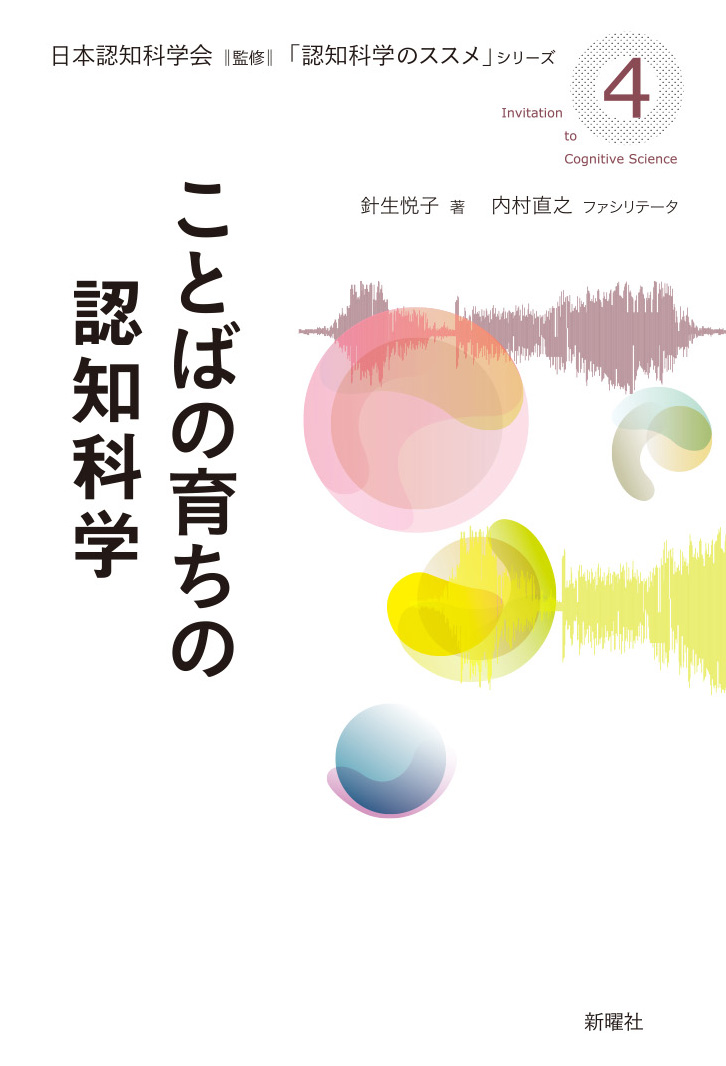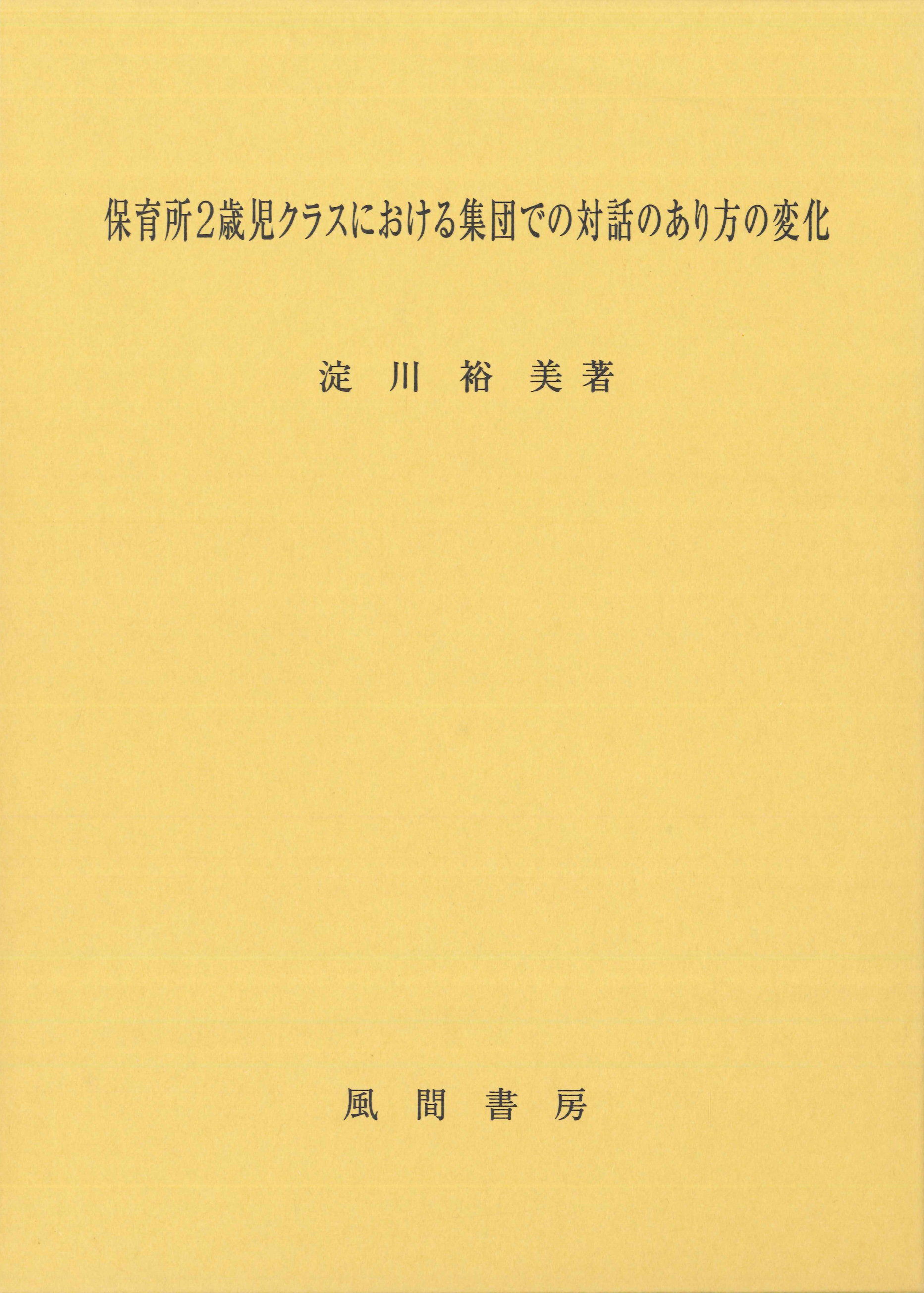
Title
Chuko Shinsho La Clef Akachan wa Kotoba o dou manabunoka (How Do Babies Learn Language?)
Size
216 pages, paperback pocket edition
Language
Japanese
Released
August 08, 2019
ISBN
978-4-12-150663-4
Published by
CHUOCORON-SHINSHA
Book Info
See Book Availability at Library
Japanese Page
Many people assume that we become fluent in our mother tongue before we know it, without ever making much conscious effort. Certainly, babies who are learning to speak seem to show no great strain or exertion in doing so.
This impression may lead some adults to try learning another language in the same way a baby learns its mother tongue; they want to passively absorb words without worrying about word order, conjugation, or other grammatical details. Conversely, people may think it is only children who can learn a language with no conscious effort, in which case, it may be best for children to learn as many different languages as possible during their childhood.
However, these assumptions are far from the truth. Babies steadily progress with stepwise efforts to command the language, including processing sounds, catching words, surmising their meaning, and acquiring grammar. Recent research has offered increasing insights into these hidden efforts. For example, newborns distinguish sounds even outside their mother tongue, but by their first birthday, they will start specializing in their mother tongue (losing the ability to distinguish foreign language sounds). Thus, some might think that their own babies should be prepared for future foreign-language learning by having them listen to audio materials of the target language during their first 12 months. However, this overlooks the changes that babies exhibit in their developmental process and what these changes mean for, and how they relate with, the overall linguistic development.
The first half of this book discusses the respective latest findings and contextualizes them within the overall process of a child’s linguistic development. In this way, it shows how the changes identified in the research accumulate organically, culminating in language acquisition as a whole. From this information, readers should gain an understanding of how a child masters its mother tongue through an effortful stepwise progression. The second half of the book presents an observation of a Japanese kindergarten, illustrating how a child who cannot speak a word of Japanese spend his days immersed in a Japanese-language environment. These observations challenge adults’ self-serving notion that children learn a new language easily without the need for instruction, and prompt readers to reconsider their view of children.
Acquisition of the mother language is a distinct phenomenon that depends not only on the abilities, but also on the environment, both of which are particular to infancy. Even if adults imitate the superficial aspects of the process, their attempts will never yield the same effects. This book should help readers understand this fact and offer encouragement to those who, having long since departed their baby years, are nonetheless determined to learn a new language.
(Written by HARYU Etsuko, Professor, Graduate School of Education / 2020)



 Find a book
Find a book



